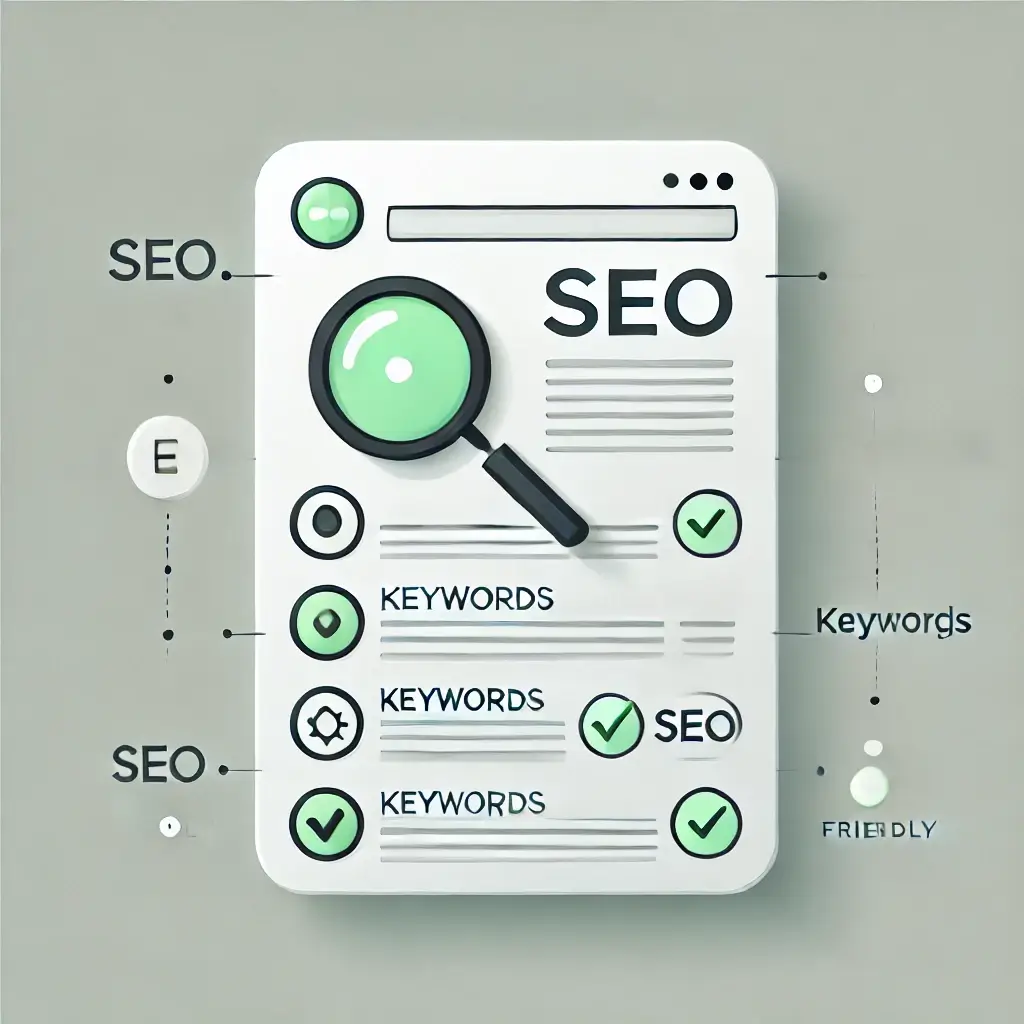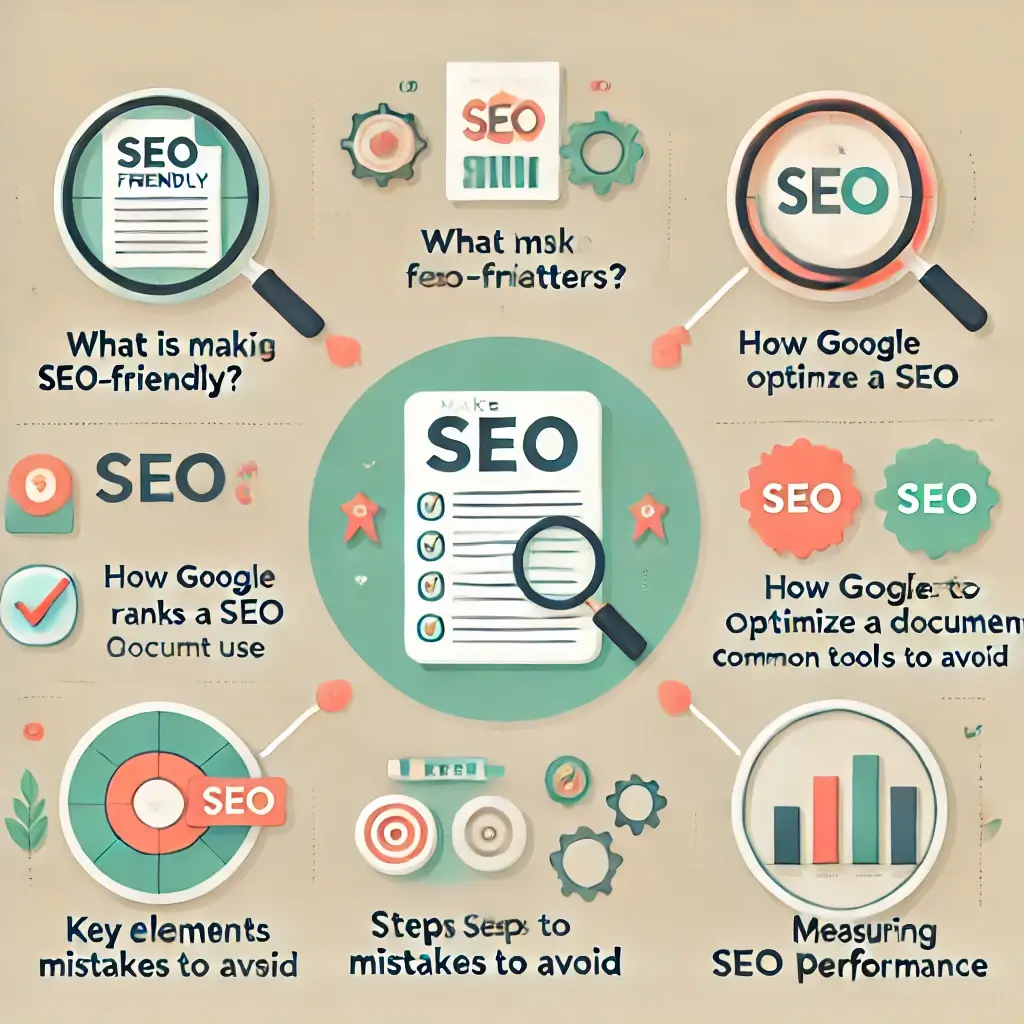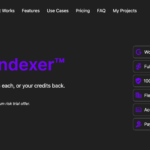
In the digital age, creating content that is both engaging for your readers and optimized for search engines is essential. Whether you’re crafting a blog post, landing page, or article, ensuring your document is SEO-friendly plays a crucial role in its online visibility. But how can you tell if a document is truly optimized for search engines? This blog explores the key elements of an SEO-friendly document and how you can assess whether your content meets those standards.

1. What Does SEO-Friendly Mean?
Image Idea: A graphic of a search engine result page (SERP) with highlighted elements like title, meta description, and URL, showing how a document appears in search engine results.
2. Key Factors That Make a Document SEO Friendly
2.1 Keyword Optimization
Image Idea: A screenshot or infographic showing an SEO tool (like Google Keyword Planner or SEMrush) displaying keyword suggestions with search volumes, related keywords, and difficulty levels.
2.2 High-Quality, Relevant Content
Image Idea: A comparison chart between “thin content” and “high-quality content,” highlighting factors like word count, originality, user satisfaction, and engagement.
2.3 Proper Use of Headings and Subheadings
Image Idea: A well-structured document layout with clear H1, H2, and H3 tags visually represented, emphasizing the hierarchy of content and how headings guide both readers and search engines.
2.4 User-Friendly Formatting
Image Idea: A mockup of a clean, well-formatted webpage featuring bullet points, numbered lists, and short paragraphs. The focus should be on readability and an attractive, scannable format.
2.5 Meta Tags and Descriptions
Image Idea: An example of an optimized meta title and meta description, along with a preview of how this would look on a search engine results page (SERP). Include character count suggestions for both the title and description.
2.6 Internal and External Links
Image Idea: A visual flowchart or diagram showing the relationship between internal and external links within a piece of content. One part could show links within the same website (internal), and another could show reputable, high-authority external sites.
2.7 Mobile-Friendliness
Image Idea: A side-by-side view of the same webpage as it appears on both desktop and mobile devices, demonstrating a responsive, mobile-optimized design. Include elements like navigation bars, font sizes, and images adjusting to different screen sizes.
2.8 URL Structure
Image Idea: A screenshot or example of a well-optimized URL structure compared to a poorly optimized one. Highlight the importance of concise URLs with relevant keywords (e.g., www.example.com/seo-friendly-documents vs. www.example.com/2023/docs/page123).
3. Tools for Checking SEO Friendliness
Image Idea: Logos or screenshots of popular SEO tools such as Yoast SEO, SEMrush, and Google Search Console. The image could show key features, like keyword analysis or site performance dashboards.
4. Common Mistakes That Can Hurt SEO
Image Idea: A simple infographic illustrating common SEO mistakes like keyword stuffing, slow page load times, duplicate content, and poor mobile optimization.
5. Conclusion: How to Ensure Your Document Is SEO Friendly
Image Idea: A summary graphic or checklist of all the key SEO factors covered in the blog, showing the steps needed to make a document SEO-friendly.




